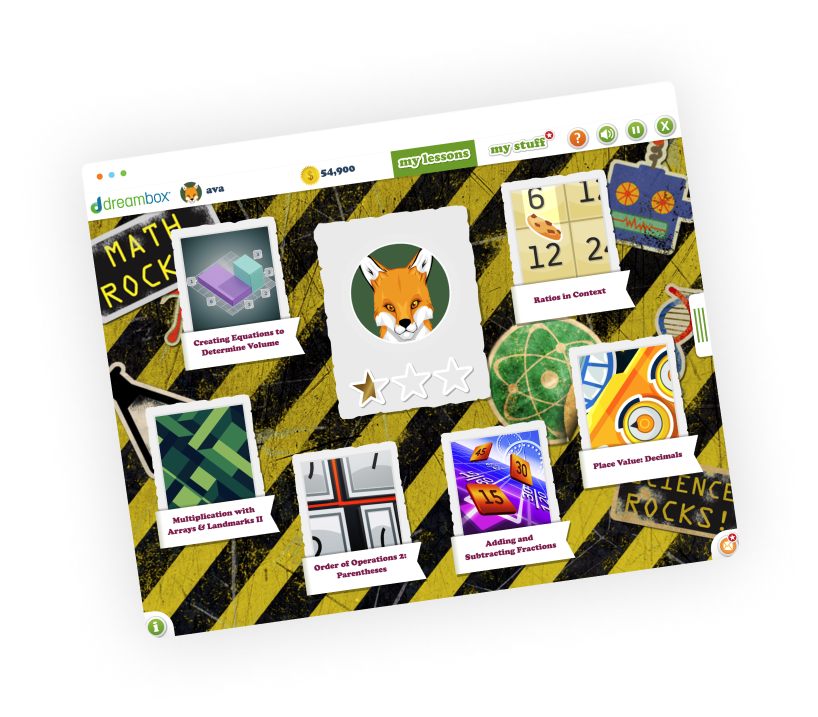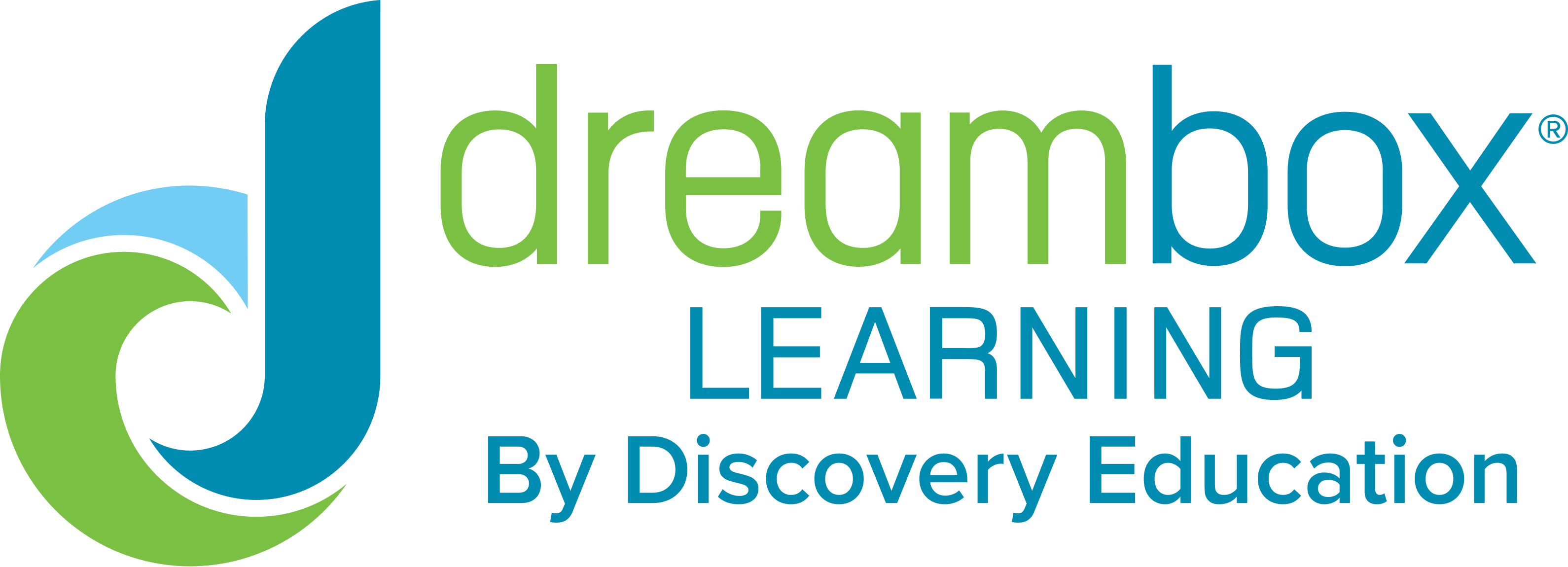Take a look at how our research-based math lessons by grade follow the learning progression that supports the Common Core State Standards for Mathematics (CCSSM). As students move through the DreamBox Learning Math curriculum, their understanding and mastery of the CCSSM standards of Counting and Cardinality, Operations and Algebraic Thinking, Number and Operations in Base Ten, and Number and Operations in Fractions are deepened. A rich, adaptive learning environment strengthens the foundational learning that is so essential to present and future success in mathematics. Free math lesson plans are available for your use to help support math teaching and learning.
Support for the Common Core Standards of Mathematical Practice. Throughout our curriculum, DreamBox incorporates the Standards for Mathematical Practice, which describe expertise that math educators at all levels seek to develop in students. The end goal is to provide students with a level of math proficiency that leads to college and career readiness at an internationally competitive level. DreamBox lessons by grade help students:
- Make sense of problems and persevere in solving them
- Reason abstractly and quantitatively
- Model with mathematics
- Use appropriate tools strategically
- Attend to precision
- Look for and make use of structure
Assessment personalized to each student’s needs. In order to intelligently adapt for each learner, DreamBox doesn’t give students a defined number of problems for each of the objectives in the CCSSM. Instead, DreamBox curriculum designers program the learning engine to present students with a range of problem set sizes for each objective. Imagine how a teacher working one-on-one with a student is able to watch a student solve a few problems and then determine how many more problems she should complete to prove proficiency. In the same way, DreamBox analyzes how accurately and quickly students answer problems, and then adjusts the number of problems that must be solved to demonstrate proficiency and move forward to learn the next lesson.
| DreamBox CCSSM Lessons by Grade | |||||
|---|---|---|---|---|---|
| Kindergarten | Grade 1 | Grade 2 | Grade 3 | Grade 4 | Grade 5 |
| K.0A.2 K.0A.3 K.0A.4 K.0A.5 K.NBT.1 K.MD.1 K.MD.2 K.MD.3 K.G.1 K.G.2 K.G.3 K.G.4 K.G.6 K.G.5 |
1.0A.1 1.0A.2 1.0A.3 1.0A.4 1.0A.5 1.0A.6 1.0A.7 1.0A.8 1.NBT.1 1.NBT.2 1.NBT.2a 1.NBT.2b 1.NBT.2c 1.NBT.3 1.NBT.4 1.NBT.5 1.NBT.6 1.MD.1 1.MD.2 1.MD.3 1.MD.4 1.G.1 1.G.2 1.G.3 |
2.OA.1 2.OA.2 2.OA.3 2.OA.4 2.NBT.1 2.NBT.1a 2.NBT.1b 2.NBT.2 2.NBT.3 2.NBT.4 2.NBT.5 2.NBT.6 2.NBT.7 2.NBT.8 2.NBT.9 2.MD.1 2.MD.1 2.MD.2 2.MD.3 2.MD.4 2.MD.5 2.MD.6 2.MD.7 2.MD.8 2.MD.9 2.MD.10 2.G.1 2.G.2 2.G.3 |
3.0A.2 3.0A.3 3.0A.4 3.0A.5 3.0A.6 3.0A.7 3.0A.8 3.0A.9 3.NBT.1 3.NBT.2 3.NF.1 3.NF.2 3.NF.2a 3.NF.2b 3.NF.3 3.NF.3a 3.NF.3b 3.NF.3c 3.NF.3d 3.MD.1 3.MD.2 3.MD.3 3.MD.4 3.MD.5 3.MD.5a 3.MD.5b 3.MD.6 3.MD.7 3.MD.7a 3.MD.7b 3.MD.7c 3.MD.7d 3.MD.8 3.G.1 3.G.2 |
4.0A.1 4.0A.2 4.0A.3 4.0A.4 4.0A.5 4.NBT.1 4.NBT.2 4.NBT.3 4.NBT.4 4.NBT.5 4.NBT.6 4.NF.1 4.NF.2 4.NF.3 4.NF.3a 4.NF.3b 4.NF.3c 4.NF.3d 4.NF.4 4.NF.4a 4.NF.4b 4.NF.4c 4.NF.5 4.NF.6 4.NF.7 4.MD.1 4.MD.2 4.MD.3 4.MD.4 4.MD.5 4.MD.5a 4.MD.5b 4.MD.6 4.MD.7 4.G.1 4.G.2 4.G.3 |
5.0A.1 5.0A.2 5.0A.3 5.NBT.1 5.NBT.2 5.NBT.3 5.NBT.3a 5.NBT.3b 5.NBT.4 5.NBT.5 5.NBT.6 5.NBT.7 5.NF.1 5.NF.2 5.NF.3 5.NF.4 5.NF.4a 5.NF.5 5.NF.5a 5.NF.5b 5.NF.6 5.NF.7 5.NF.7a 5.NF.7b 5.NF.7c 5.MD.1 5.MD.2 5.MD.3 5.MD.3a 5.MD.3b 5.MD.4 5.MD.5 5.MD.5a 5.MD.5b 5.MD.5c |
Try some of our free math lesson plans that align with the CCSS:
CCSSM Math Lesson Plans
Kindergarten
Numbers to Twenty on the MathRack
Grade 1
Numbers to One Hundreds on the MathRack
Grade 2
Adding and Subtracting with Tens on the Open Number Line
Build Expressions Equal to Twenty
Grade 3
Ordering Fractions on the Number Line
Using Landmark Numbers to Add on the Open Number Line
Decomposing Fractions Using Time or Money
Grade 4
Place Value with Decimals (Also includes Grade 5)
Equivalent Fractions on the Number Line
Open Arrays
Grade 5
Decimal Numbers on the Number Line
Divisions within 10,000 with Remainders
Multiplying Fractions











